 |
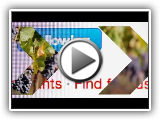 |
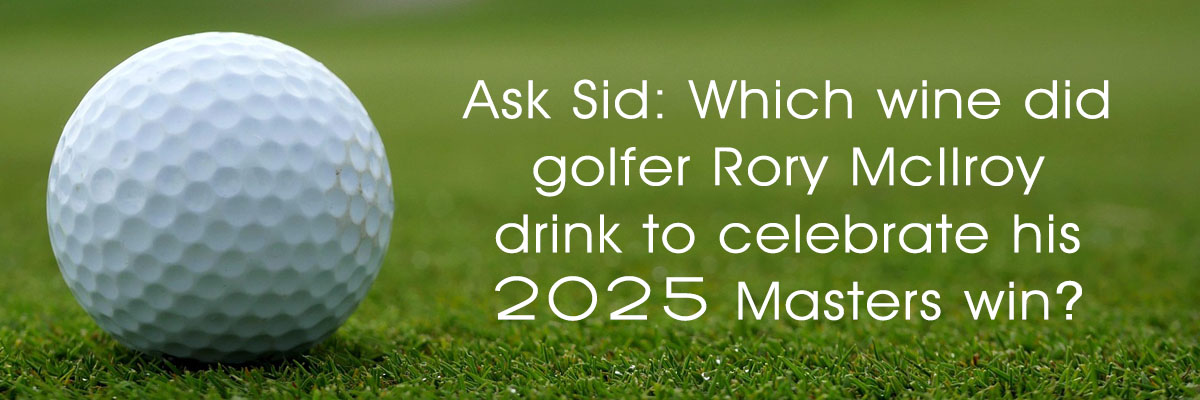
Question: Which wine did golfer Rory McIlroy drink to celebrate his 2025 Masters win?
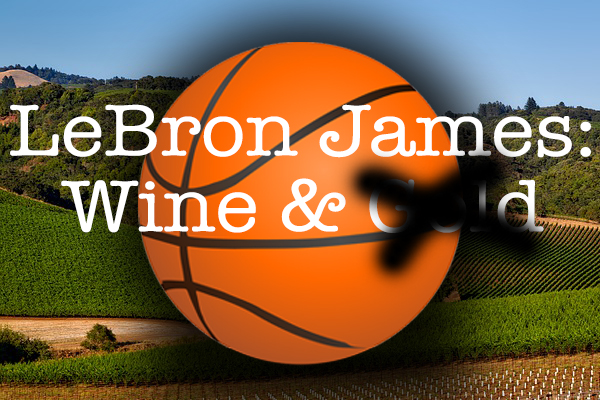 |
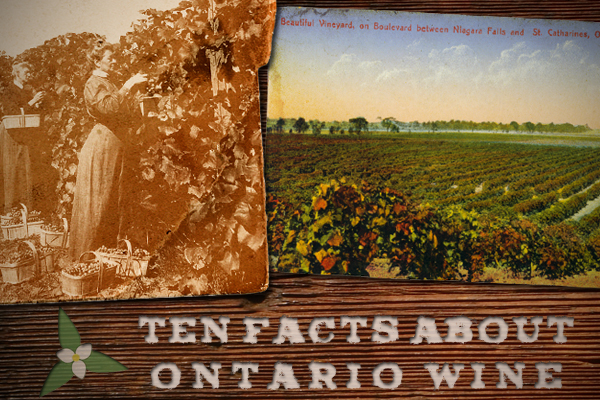 |
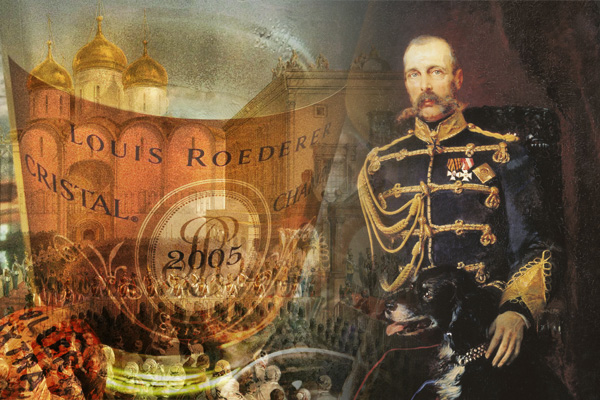 |
 |
 |

Question: Which wine did golfer Rory McIlroy drink to celebrate his 2025 Masters win?
 |
 |
 |
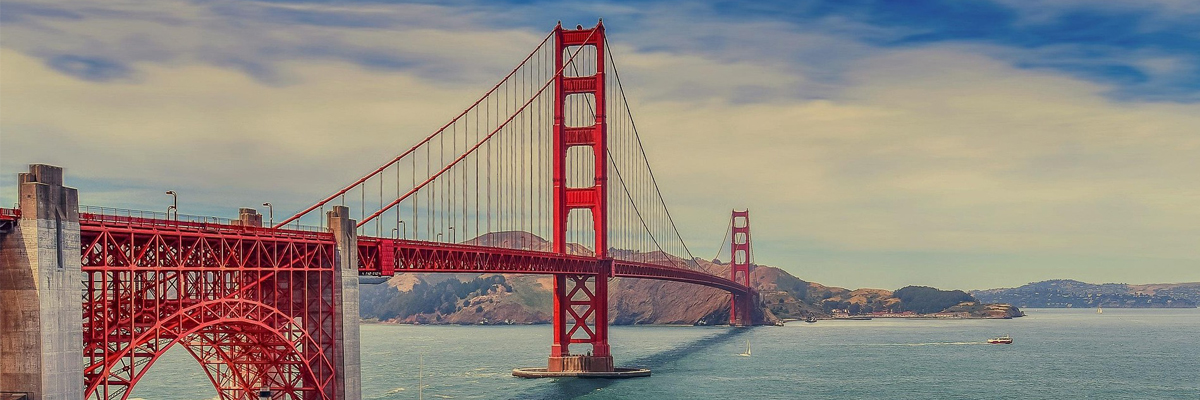
Fortunate to have visited San Francisco so many times. Your scribe was a devoted regular attendee at the marvellous culinary events organized in the eighties and early nineties by the incomparable Haskell F. Norman for the IWFS Marin County Branch. At that time there were so many top SF restaurants to choose from including to name just a few Jeremiah Tower’s Stars, Wolfgang Puck’s Postrio, Gary Danko, La Folie, Blue Fox, Jack’s, Michael Mina’s Aqua, and Hubert Keller’s outstanding Fleur de Lys (after his Sutter 500 start and before his successful Burger Bar in Las Vegas). Just spent a week in SF extensively walking around this once vibrant city. Times have changed with so much retail space now closed and empty. However, the Ferry Building is alive and popular with top merchants including Acme Bread (fantastic Levain rolls), busy Senor Sisig at lunch line-ups for Mexican style taco & burrito, and Nopa Seafood under construction. Wonderful site for the exciting Saturday outdoor market (the Oakland one is also a must). Top restaurants previously visited now include three star Michelin at MIchael Tusk’s Quince and Dominique Crenn’s Atelier Crenn but this time we sought out mainly newer less known value spots. All restaurants now routinely add to your bill Sales Tax at 8.625%, SF Employee Mandates of 5-6% and Fair Wage Minimum Gratuity 20% so the total bill adds up quickly. If you are a tourist used to Canadian $ you need to add another 40%. Gets expensive. Here are seven very good value restaurants in SF worth checking out:
1. ZUNI CAFE: Opened in 1979 by Judy Rodgers and still going strong. The large sized famous brick oven wood fired whole chicken for two at $75 is still phenomenal. Acquerello started by Suzette Gresham & Giancarlo Paterlini is another restaurant from the old days still going strong.
2. ERNEST: Innovative spot on Bryant SOMA (memories of old Connoisseur Wine Imports & The Wine House) with Sushi Rice $23 uniquely combining Ikura salmon roe with raw beef and toasted nori. Tasty Alaskan halibut with spinach & Yuba soy milk skin. Busy spot for easy sharing dishes.
3. BIG FINISH WINE TAVERN: A third Mission district place newly opened with an excellent value wine by the glass diversity. Excellent Pappardelle with slow braised pork shoulder. Nearby is another older similar good wine bar named 20 Spot. Check out all the great Taqueria spots in the Mission!
4. BEIT RIMA: Arabic comfort food in the adjoining Castro District with outstanding Muhammara & Baba Ghanouj with warm Pita starters and deep fried whole Branzino.
5. AQUITAINE: A wine bar/bistro featuring south-west France in a comfortable setting in the Castro at Church & Market. Sunday dinner roasted chicken for two at $55 works. Impressive beet salad. We brought mature 1985 Ridge Montebello for $30 corkage to pair with the chicken superbly.
6. ANGLER: Across from the Ferry Building this 1 star Michlein has outstanding seafood. Best deal in SF is their 3 course quality lunch for $45 with Pacific oysters, whole grilled Sea Bream, and soft ice cream topped by not too sweet but flavourful caramel/praline sauce. Highly recommended.
7. TIRAMISU: Also downtown in an alley of Belden Place near Sam’s Grill. Fond reminiscences of enjoying mesquite grilled Petrale Sole (now $34) at Sam’s with 50 cents corkage and nearby on California Street Tadich Grill since 1907 with 75 cents corkage. Liked that. Tiramisu is an Italian restaurant with some amazing dishes including outstanding grilled octopus, authentic rigatoni all’aMatriciana, mint-pesto local rack of lamb and their legendary tiramisu.
You might also like:
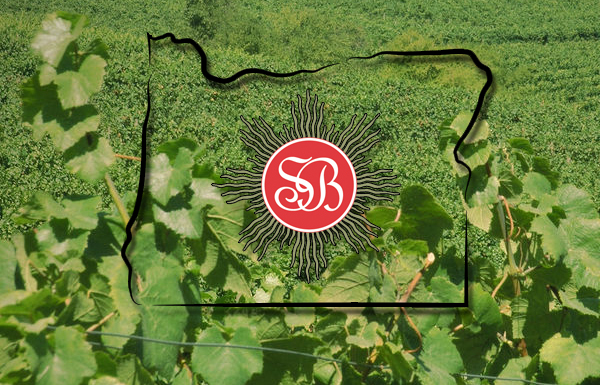 |
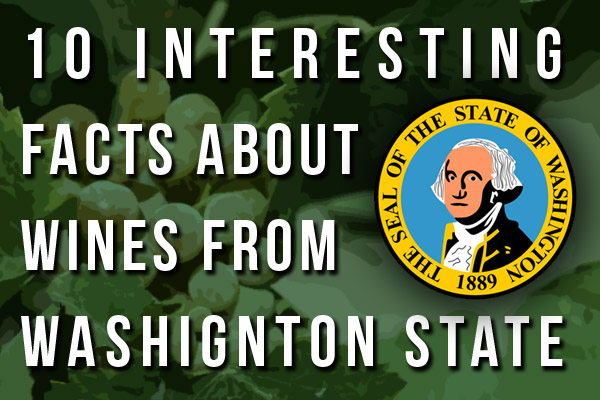 |
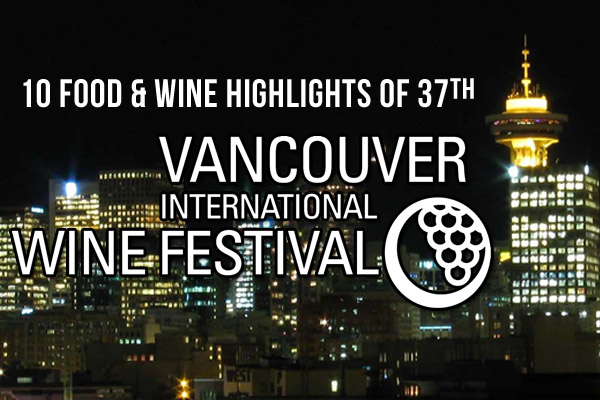 |
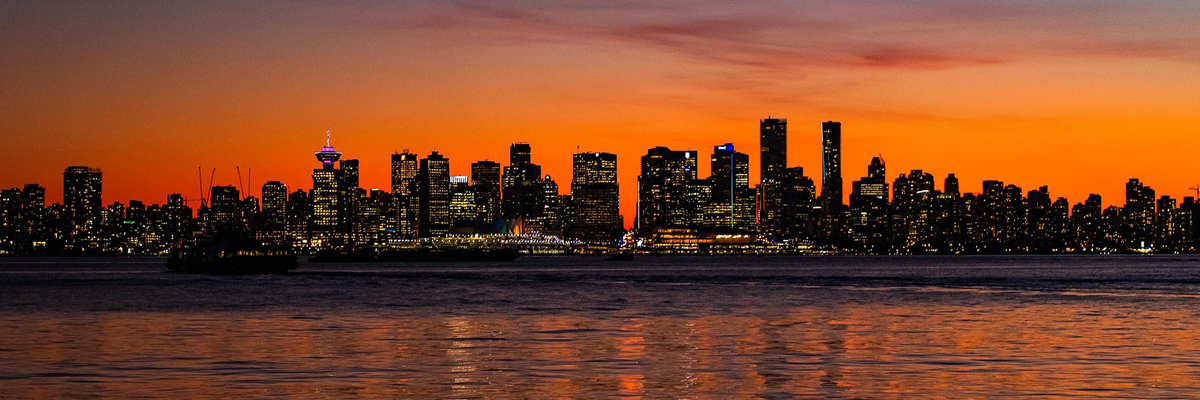
Your scribe was a long time judge of the Vancouver Magazine Restaurant Awards for many years and always admires the impressive amount of work put in to determine their important annual culinary awards. We have posted several references about these important choices in earlier postings including the 2021 Instagram version during Covid on September 20, 2021 here. Also have a warm soft spot for them having presented to my talented wife Joan and yours truly their 2017 Lifetime Achievement Award noted here on April 24, 2017. The Michelin Guide arrived in Vancouver as reported here August 1, 2022 which changed the dining landscape endorsements but Van Mag still does an excellent job of spotlighting out the real industry winners. This year 2025 the ceremony held on May 5 at Fairmont Hotel Vancouver was notable for recognizing many worthy winners including especially Restaurant of the Year and Chef of the Year. Well done indeed!
ELISA – Restaurant of the Year.
So pleased to see this steakhouse “a powerhouse when it comes to quality and consistency” honoured this year. It is a much deserved tribute to the amazing Executive Chef Andrew Richardson and his brigade. Elisa is so much more than a steakhouse though with Joan’s fav dish being their delicious whole grilled branzino with cavolo nero. This award also is an unrecognized tribute to the Aquilini Group and their superb TopTable Restaurant Group with conscientious President Michael Doyle. They have put together a phenomenal group of restaurants each providing a unique highest quality dining experience also at Blue Water Cafe, CinCin, Thierry, Luigi & Sons, in Whistler Araxi Restaurant & The Cellar, il Caminetto and Bar Oso, plus Marilena in Victoria. Watch out for 2026 their newest venture of a brand new restaurant in the old space at 1133 Hamilton in Yaletown previously occupied by Cioppino’s Mediterranean Grill. Elisa also received Best Yaletown from Readers’ Choice Winners posted here. So well done indeed! Congrats.
ANGUS AN: CHEF OF THE YEAR
So pumped to learn that friend and dedicated chef Angus An won this coveted award. He has been a dynamic force in the local dining scene for so long but contributing in so many other ways including outstanding help with the thriving Chefs’ Table Society of BC. He also is a knowledgeable wine guy. Even back in a posting here on December 16, 2013 Angus suggested and prepared dishes to contribute to a BCLDB Sauternes seminar. His Maenam Thai duck salad was so popular and paired beautifully with several top 2007 sweet wines. Angus cleaned up winning as well Best Thai for Maenam and Best Casual for Fat Mao Noodles. Fantastic choice! Congrats.
More details on all the 2025 Van Mag Restaurant Awards here.
You might also like:
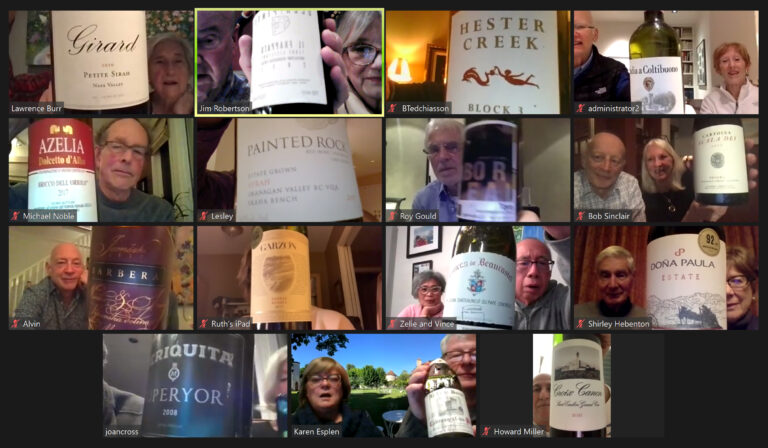 |
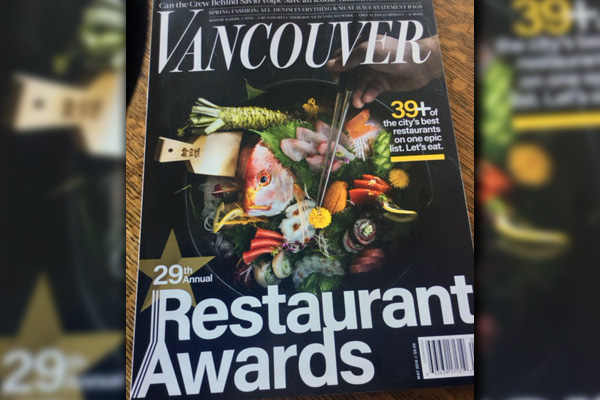 |
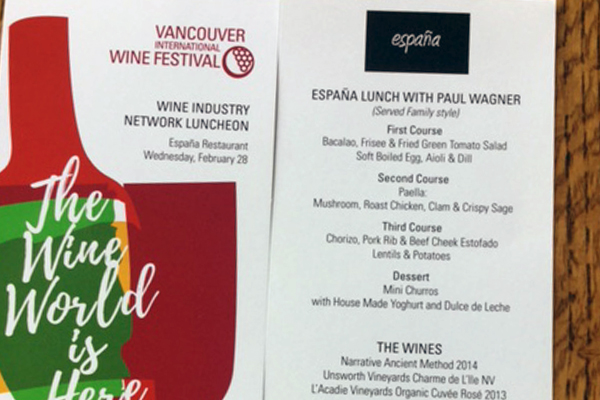 |
 |
 |
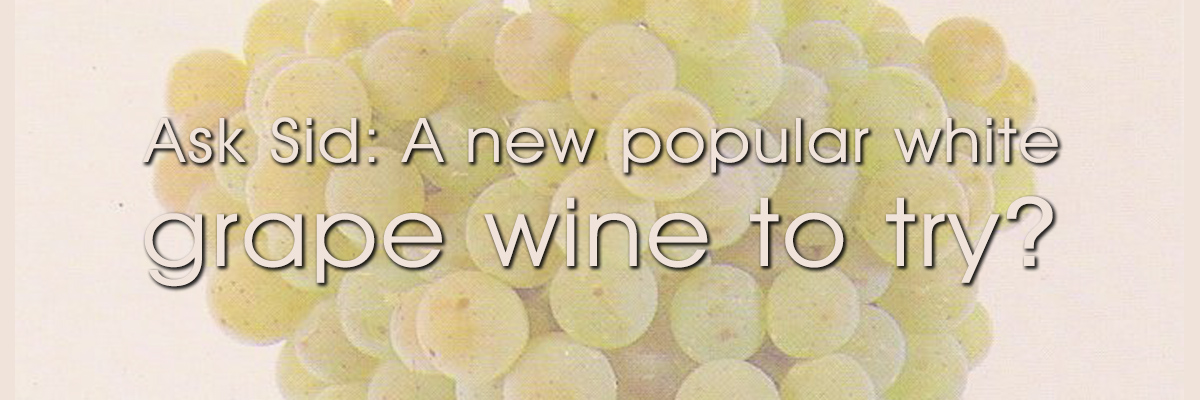
Question: Sid – What is a new growing in hot popularity white wine grape other than Chardonnay that I should try?
Answer: Suggest Albarino a native grape grown in Portugal and Spain shows increased consumer popularity. Successful as well in the Okanagan Valley of British Columbia by Terravista Vineyards including a Sparkling version. Consumers like the fresh apricot-peach nuances in a crisper style matching well with food and more affordable than Chablis.
You might also like:
 |
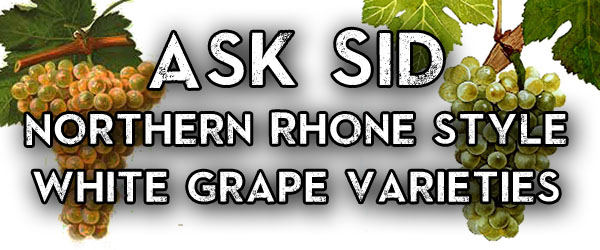 |
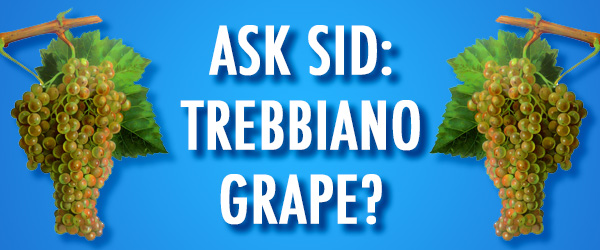 |